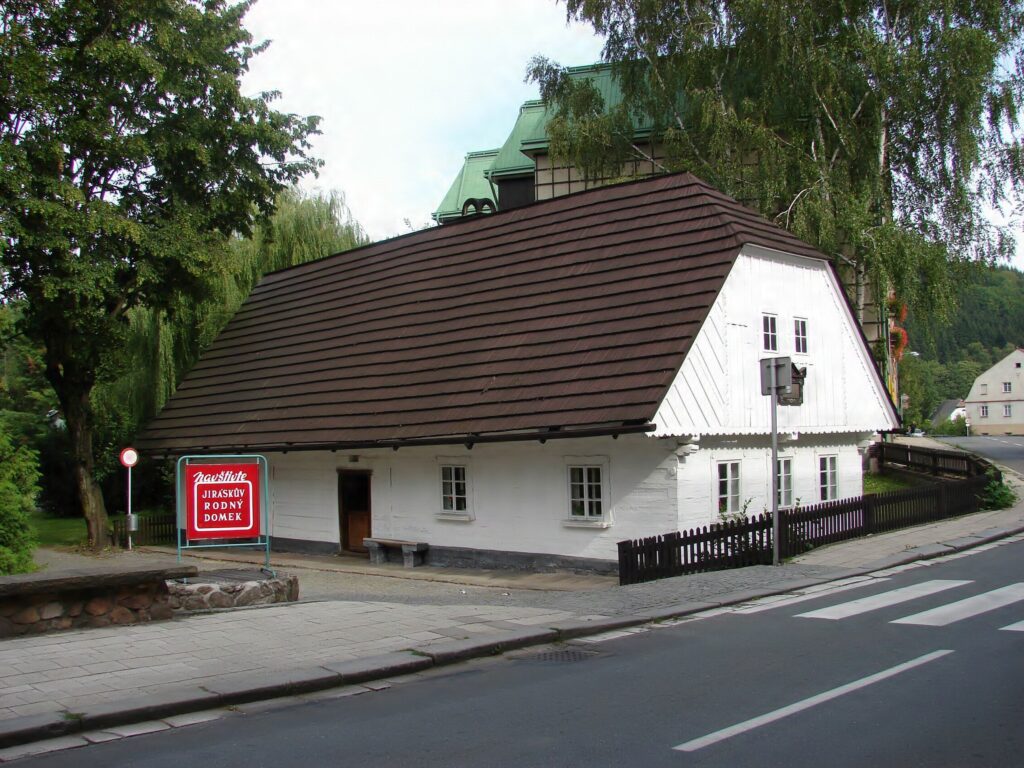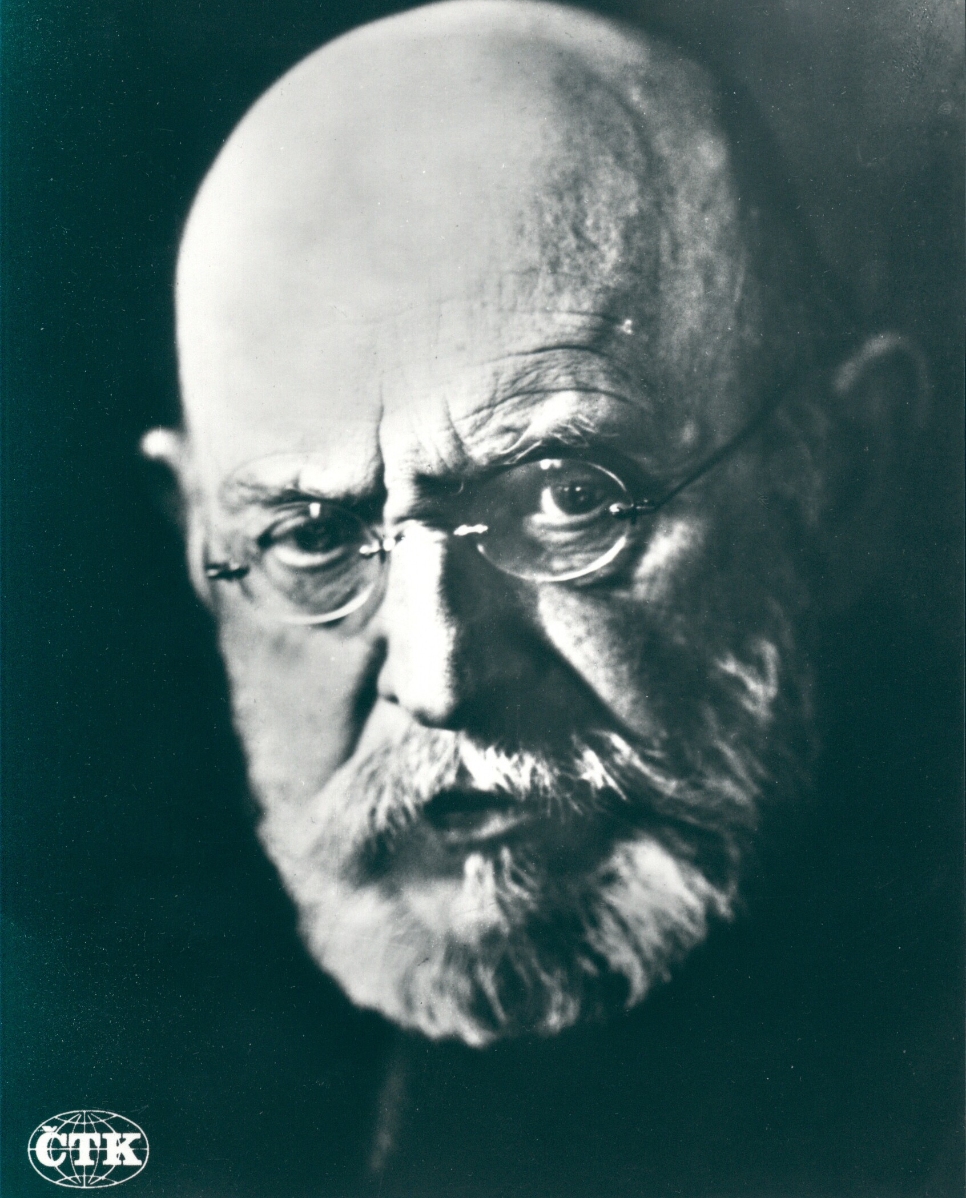Jirásek’s Darkness – Birth house of Alois Jirásek, Hronov
Fact of the Czech figure „The myth of White Mountain defeat”
Part of the „The myth of national disaster” topic
The period following the Battle of White Mountain has been perceived as a “dark time” in Czech collective memory since the 19th century. This notion was brought into people’s consciousness through the historical novel “Temno” (Darkness) published just before the First World War by Alois Jirásek (1851-1930), a Czech writer born in Hronov.
Jirásek presented the post-White Mountain era as a period of persecution of non–Catholics, decline of Czech national life and Germanization. The plot of the novel begins with the coronation of Charles VI in 1723 and ends with the canonization of John of Nepomuk in 1739. Jirásek depicts the post-White Mountain recatholisation, when Catholics and especially the Jesuit order mercilessly persecute non-Catholics who meet in secret to read forbidden religious books, the Bible, and are often forced to leave their homeland because of their faith. In particular, the Jesuit Father Antonin Konias, who seeks out and burns Protestant books with fanatical zeal, is depicted as a dark figure. Konias represents one of the symbols and myths of the Dark Ages.
During the period of the First Czechoslovak Republic, the „Dark Ages” became part of the popular interpretation of Czech history. Jirásek’s work was then extensively exploited by the communist regime for its anti-German and anti-Church ideology and the regime therefore turned Jirásek into a classic of socialist art.
On the initiative of the Minister of Culture Zdeněk Nejedlý and the President of the Republic, Klement Gottwald, the Jirásek Action was announced in November 1948 with the aim of spreading the writer’s literary work among the broad layers of Czech society. The culmination of the action was the establishment of the Jirásek Museum, symbolically on the White Mountain in the Hvězda Summer Palace. In the following years, several of Jirásek’s novels were also made into films, some of which remain truly popular until nowadays.






